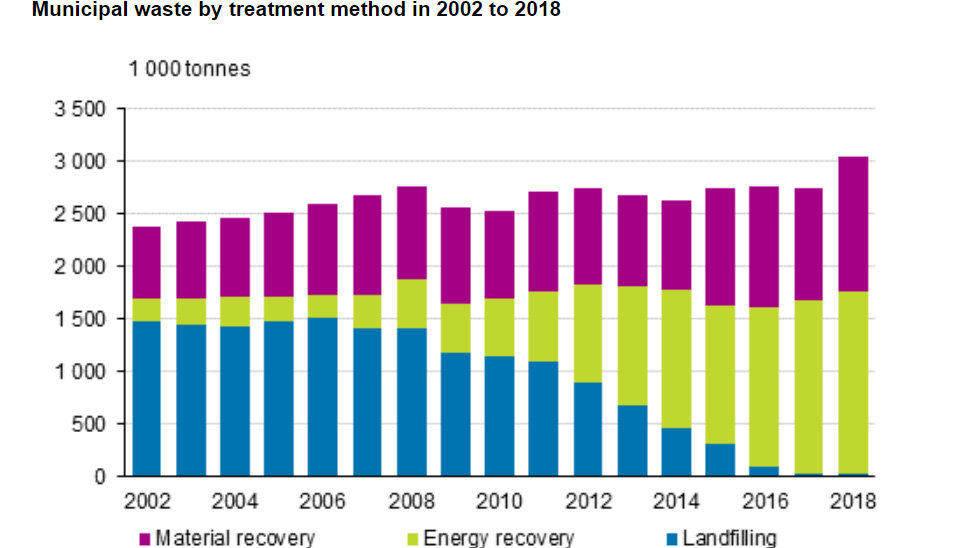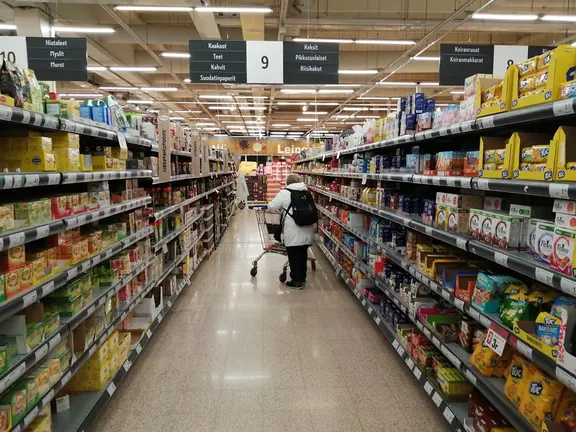In Finland, as in any other developed society, people enjoy very high levels of consumption. This shows in the great number of people who cram stores, in the amount of paper advertising brochures distributed to mailboxes in homes, in the growing number of shopping malls and in the rise of online commerce.
But it also shows in the great amount of waste generated. According to the latest figures published by the Finnish statistical office, the total amount of municipal waste was more than three million tonnes in 2018. This corresponded to "around 550 kilograms calculated per inhabitant," says Statistics Finland.
The total amount of municipal waste was 3,041,082 tonnes in 2018. The amount is around 8% (that is, 229,000 tonnes more) than in the previous year.
The amount of waste also grew relative to Finland's population. In the early 2010s, the amount of waste settled to around 2.7 million tonnes, which was around 500 kg per inhabitant. In 2018, the amount of municipal waste grew to around 550 kg per person.
Municipal waste refers to waste generated in housing as well as comparable waste from trade and services and corresponding waste from manufacturing support activities.

Source: Statistics Finland.
Amount of mixed waste grew significantly
When examining different waste components, the share of mixed waste grew particularly. Municipalities produced around 1.5 million tonnes of mixed waste, which was over 20% more than in 2017.
The production of non-specified waste components was slightly smaller than in the year before, which can partly explain a small part of the growth in mixed waste. Nearly the same amount of waste collected separately as material was produced as in previous years, around 1.4 tonnes.
Of separately collected waste components, wood and plastic were recovered more than in previous years. The considerable increase in recycling of wood packages is due to new recycling objects and the growth in the amount composted. Recycling of glass also increased.
Paper and paperboard and biowaste have long been the biggest separately collected material items.
The recycling rate of cardboard, paper and paperboard was fairly high, calculated at over 100%. This is due to packages from passenger imports and online shop orders and the effect of enterprises with lower turnover in the calculation method.
Most of biowaste was composted and decomposed; in all, the amount composted and decomposed grew by around eight per cent from the previous year. Decomposition produces biogas, in addition to which the decomposition residue and compost soil can be utilised in soil improvement or landscape development.
Treatment of waste still focused on energy recovery
According to Statistics Finland, no great changes took place in the mutual shares of treatment modes of waste.
Energy recovery of waste was still the most significant treatment mode of municipal waste, although its share fell slightly, to 57%. Energy recovery of municipal waste is based on combined production of electricity and heat, and heat is particularly recovered in district heating networks.










